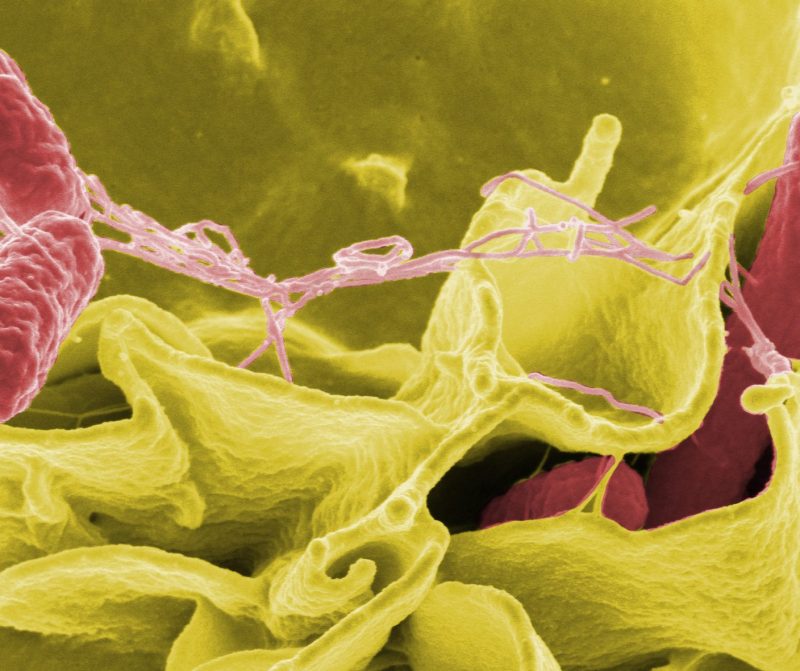
Researchers announced Thursday that they’ve discovered the precise methods bacteria develop to disable the human body’s initial response to infection. The findings could help develop ways to stop the spread of pathogenic bacteria, which causes diseases like tuberculosis.
Scientists from University of East Anglia in England and Institut de Biologie Structurale in France determined the structure of NsR, a regulatory protein that plays a key role in resisting attacks from the immune system.
When the immune system detects an infection, one of the first things it does is produce nitric oxide, which is toxic to some organisms. Pathogenic bacteria is different from other harmless or beneficial types because it develops ways to detect nitric oxide and fight back against it.
NsR is one of the most common defense mechanisms for bacteria, according to a press release on Phys.org. The regulatory protein switches off nitric oxide production by binding to DNA.
By identifying the structure of NsR, scientists learned a specific protein element, called an iron-sulfur cluster, disables the immune system’s response in a way that’s never been seen before.
Read the full findings in Nature Communications.
—RealClearLife
This article was featured in the InsideHook newsletter. Sign up now.